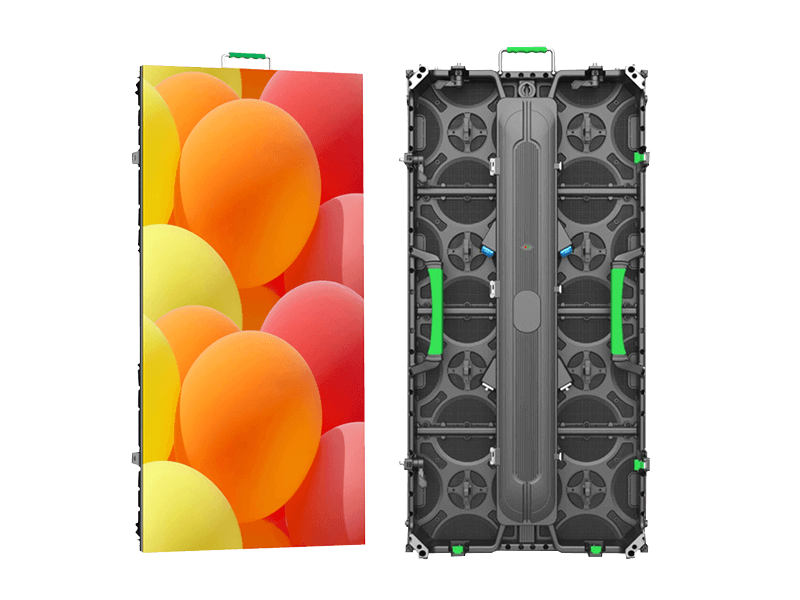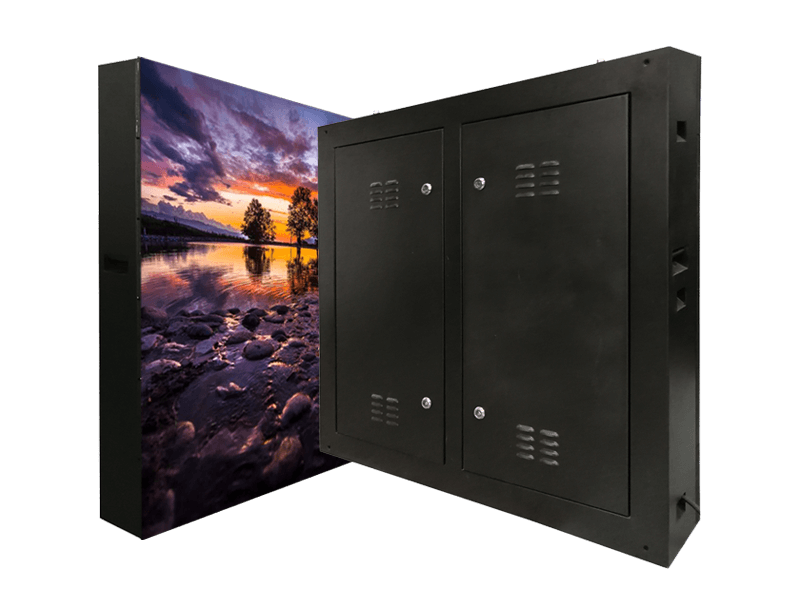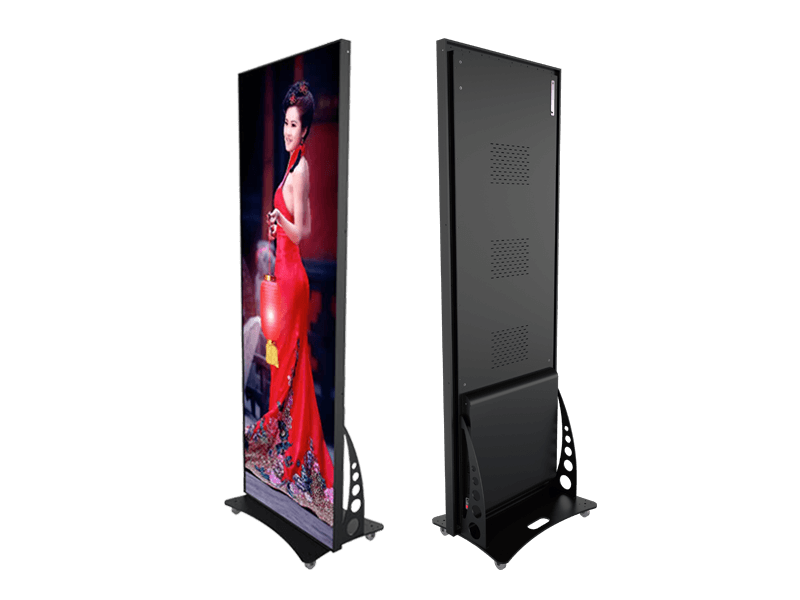
How LED display Works
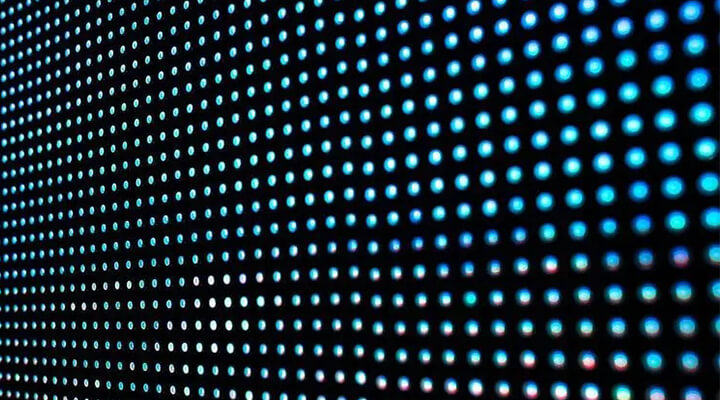
How LED display Works?
An LED display is a display technology that uses light-emitting diodes (LEDs) as pixel matrices. By controlling the brightness and color of these diodes, it displays images and videos, and is widely used in advertising, stage backgrounds, stadiums, traffic displays, and other fields.
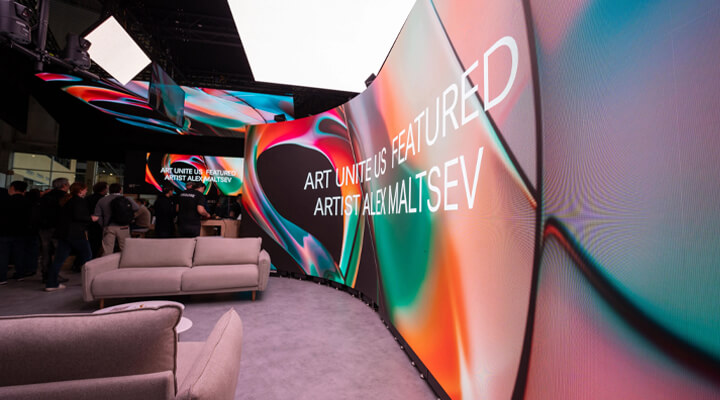
Working Principle
The core component of an LED display is the LED module. Each module is composed of multiple LED lights arranged in a grid. Each LED light contains three tubes, emitting red, green, and blue light. By adjusting the brightness of each tube, different color mixes can be achieved, forming a rich palette of colors. By densely combining LEDs and precisely controlling the emission of each tube, a full-color image can be displayed.
Internal Working Mechanism
Internally, an LED display typically consists of a drive circuit and a control system. The drive circuit supplies the necessary current to the LED lights to make them emit light. The control system processes the input image signals and converts them into control signals, directing the drive circuit to control the brightness and color of each LED light.
The control system usually includes a video processor, sending card, and receiving card. The video processor converts various input sources (such as computers, cameras, TV signals, etc.) into a format recognizable by the LED display. The sending card transmits the processed signals to the receiving card, which then distributes the signals to each LED module.

Manual Operation
Using and maintaining an LED display requires some professional knowledge. Operators need to set up and debug the screen through a computer or a dedicated controller, including adjusting brightness, contrast, color balance, etc. Regular maintenance is also important, such as cleaning the screen surface, checking connection cables, updating software, etc., to ensure display quality and extend the lifespan.
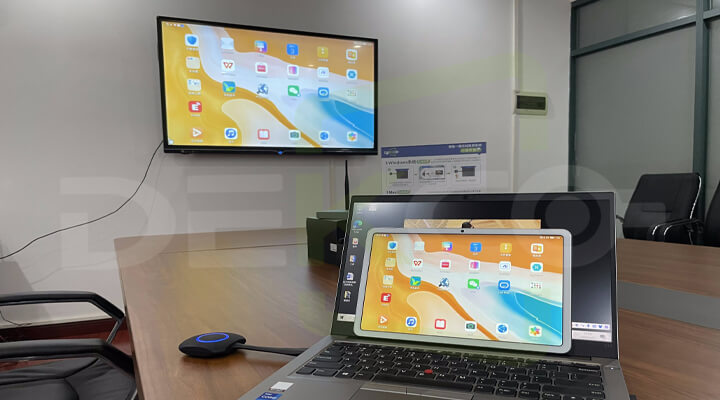
Operators first need to calibrate the screen to ensure consistent color and brightness for each module. The calibration process usually includes adjusting RGB values and gray levels. Additionally, content management for the screen needs to be done through specialized software, allowing operators to replace or update the display content as needed.
Applications and Advantages
Due to its high brightness, low energy consumption, and long lifespan, LED displays are widely used in various occasions. For example, in the advertising industry, LED displays can work around the clock, attracting a large audience’s attention. On stage backgrounds, LED displays can display dynamic images and effects, enhancing visual impact. In stadiums, LED displays can display real-time scores and match information, improving the viewing experience. In traffic display fields, LED displays can provide clear traffic conditions and guidance information, improving traffic management efficiency.
Conclusion
As an advanced display technology, LED displays are continuously changing our visual experience with their unique advantages and broad application prospects. By understanding their working principles and operational methods, we can better utilize this technology to enhance performance in various fields. In the future, with continuous technological advancements, the performance and application range of LED displays will further expand, bringing more innovations and possibilities.
Copyright © 2024 Singheng Optoelectronics Co., Ltd.
Contact Us
We look forward to hearing from you! Please leave your email and contact information, and we will get back to you as soon as possible. Thank you!
Contact Info
- Singheng Optoelectronics Co., Ltd.
- +86 137 5108 4336
- WhatsApp : +86 137 5108 4336
- Wechat : 137 5108 4336
- [email protected]
- http://www.singhengled.com
- Building 15, Hongfa Industrial Zone, No. 91 Tangtou Avenue, Shiyan Sub-district, Bao'an District, Shenzhen, China

Products
- Rental LED Display
- Outdoor Fixed LED Display
- Indoor Fixed LED Display
- LED Poster Display
- Transparent LED Display
- Flexible LED Display
- All-in-One LED Conference Machine
- Stadium LED Display
- Floor LED Display
- LED Advertising Vehicle
- LED Cube
- LED Spherical Screen
- LED Module
Copyright © 2024 Singheng Optoelectronics Co., Ltd.








